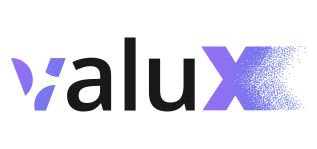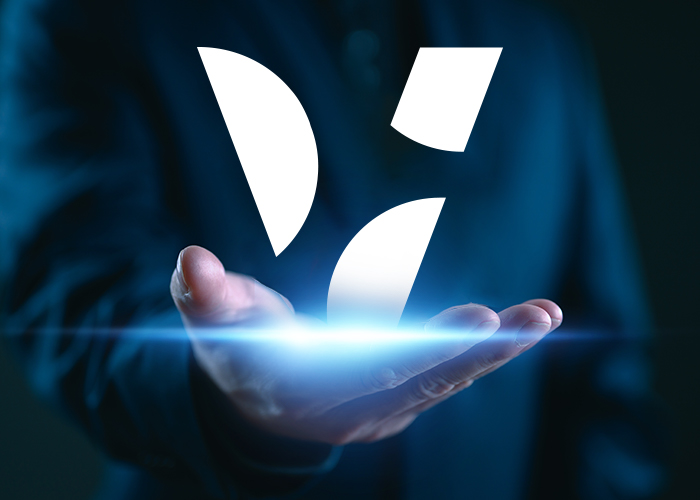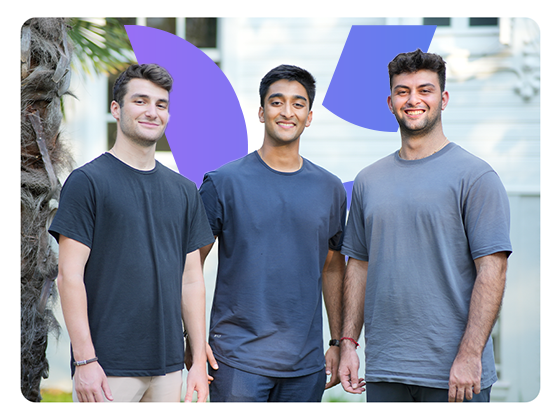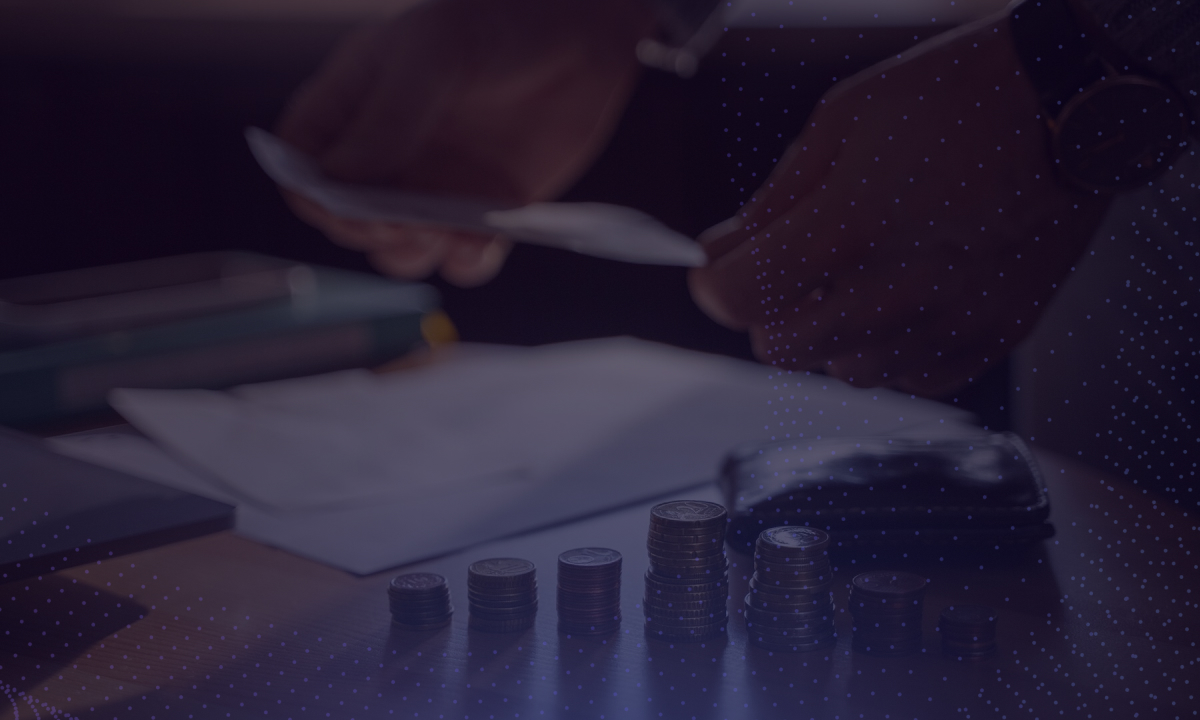Introduction
The financial world is undergoing a massive transformation, and one of the most exciting developments is Real-World Asset (RWA) tokenization. Imagine being able to invest in real estate, fine art, gold, or even stocks without needing large sums of money or dealing with complicated paperwork. Blockchain technology is making this possible by digitizing physical assets and representing them as tradable tokens.
As blockchain adoption increases, industries are shifting towards more liquid, transparent, and accessible asset ownership models. But how does this process work, and which industries will see the biggest impact? In this blog, we will explore the concept of RWA tokenization, its benefits, and real-world use cases that will shape the future.
What Is RWA Tokenization?
Real-World Asset (RWA) tokenization is the process of converting tangible assets into digital tokens on a blockchain. These tokens represent ownership, value, or rights related to a physical asset. By tokenizing assets, investors can buy, sell, and trade fractions of high-value items, making investments more inclusive and liquid.
How Does It Work?
The process of RWA tokenization follows several key steps:
- Asset Identification – A real-world asset, such as a property, gold, or artwork, is chosen for tokenization.
- Legal Compliance – The asset undergoes legal structuring to ensure it complies with financial regulations.
- Smart Contract Deployment – A smart contract is created on a blockchain to define ownership rights and transaction rules.
- Token Issuance – The asset is divided into fractional digital tokens that investors can purchase.
- Trading & Liquidity – These tokens can be traded on digital marketplaces, improving liquidity compared to traditional ownership models.
Why Is RWA Tokenization Important?
Traditional investment markets often suffer from issues like high entry barriers, illiquidity, and lack of transparency. Tokenization solves these problems by allowing:
- Fractional Ownership: Investors can buy small shares of expensive assets.
- Enhanced Liquidity: Assets that were traditionally illiquid (like real estate) become easily tradable.
- Reduced Middlemen: Blockchain automates transactions, cutting down costs.
- Greater Accessibility: Investors worldwide can participate in asset ownership.
Now, let’s look at the sectors where tokenization is having massive impact.
Real-World Use Cases of RWA Tokenization
1. Real Estate Tokenization
Real estate has always been an attractive investment option, but it comes with high capital requirements, long transaction times, and complex paperwork. Tokenization is changing this by allowing investors to buy fractional shares of properties using blockchain-based tokens.
In the future, real estate investment will no longer be limited to wealthy individuals. A person from any part of the world can own a fraction of a New York apartment or a commercial property in London simply by purchasing real estate tokens. Rental income can also be distributed to token holders automatically through smart contracts.
This innovation will make global real estate investment more inclusive, liquid, and borderless, reducing the need for banks, brokers, and costly intermediaries.
2. Art & Collectibles Tokenization
The world of fine art and collectibles has traditionally been exclusive to the ultra-rich, but tokenization is changing that. Imagine owning a share of a Picasso painting or a rare sports card, even if you don’t have millions to spend.
By digitizing high-value artworks and collectibles, investors can buy fractional shares of these assets. In the future, museums, auction houses, and artists will tokenize rare pieces, allowing people to invest in and trade fractions of these valuable items on blockchain-powered marketplaces.
This will open the doors for broader participation in the art market and make fine art a more accessible and tradable investment class.
3. Tokenized Commodities (Gold, Oil, etc.)
Physical commodities like gold, silver, oil, and agricultural products have been valuable for centuries, but they are difficult to trade and store. Tokenization brings a solution by creating digital tokens backed by real commodities, making trading instant, secure, and borderless.
For example, gold-backed tokens allow investors to own small amounts of gold without dealing with physical storage. In the future, farmers might tokenize their crops, allowing buyers to purchase tokenized shares of agricultural goods before harvest, ensuring fair pricing and better liquidity.
With blockchain, commodity markets will become more transparent and efficient, eliminating middlemen and reducing fraud and price manipulation.
4. Financial Instruments (Bonds, Stocks, Funds)
The traditional stock and bond markets are heavily centralized, with significant delays in settlement times and accessibility barriers for global investors. Tokenization will revolutionize financial markets by allowing stocks, bonds, and mutual funds to be digitized and traded on blockchain networks.
In the future, companies may tokenize corporate bonds, making it easier for retail investors to access high-yield investment opportunities. Stock markets will become more decentralized, allowing global participation without the need for expensive brokerage accounts.
Additionally, tokenized ETFs (Exchange-Traded Funds) will enable people to invest in diversified portfolios with minimal capital and maximum flexibility.
5. Supply Chain & Logistics
Supply chain management is complex, opaque, and prone to inefficiencies. Blockchain-based tokenization can solve these issues by tracking the ownership and movement of goods in real-time.
For example, luxury goods and pharmaceuticals can be tokenized, allowing buyers to verify authenticity and origin. In the future, logistics companies will tokenize shipping containers, creating an efficient, trustless system where payments are triggered automatically when deliveries are confirmed.
This will reduce fraud, counterfeiting, and supply chain inefficiencies, making global trade more secure and transparent.
6. Carbon Credits & ESG Investments
As the world focuses more on sustainability and environmental responsibility, carbon credit markets are growing. However, the current system is prone to fraud and inefficiencies.
Tokenization will bring transparency and liquidity to carbon credit trading, allowing businesses and individuals to buy, sell, and track carbon credits on the blockchain. In the future, companies will tokenize ESG (Environmental, Social, Governance) assets, enabling investors to support green projects while earning returns.
This shift will create a fair and verifiable system for sustainability efforts, pushing industries towards a greener future.
Challenges & Future Outlook
Despite its benefits, RWA tokenization faces challenges, including regulatory uncertainty, adoption barriers, and security risks. Many governments have yet to create clear laws regarding blockchain-based asset ownership, which could slow adoption.
However, as regulations evolve, institutional investors, banks, and financial firms are expected to embrace tokenization, unlocking trillions of dollars in liquidity. In the next decade, traditional ownership models will shift towards blockchain-based solutions, making assets more accessible, transparent, and efficient than ever before.








